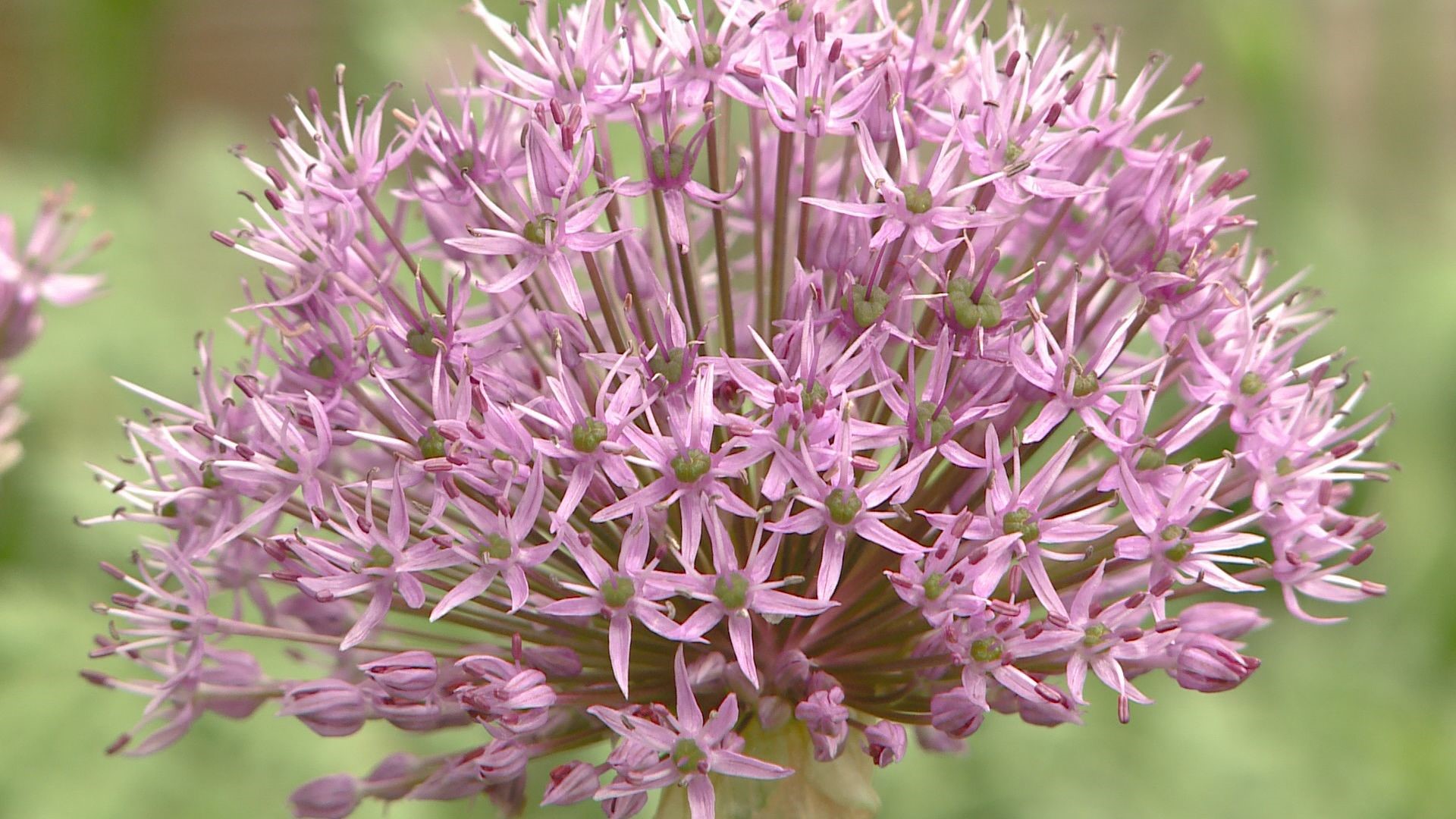DENVER — After the rollercoaster ride of April and early May weather, a warming trend allows gardeners to get down to business. While there's plenty to do, we can also appreciate the beauty of the spring garden.
Lilacs, for example, sometimes get zapped by a late cold snap, but this year the buds survived. The fragrance is the essence of spring.
Other lovely spring bloomers include Solomon's seal, with small dangling white bells and gold-dusted foliage, lunaria--the silver dollar plant--with white or bright pink flowers that in fall will be replaced by the silver dollar seed pods, sky-blue brunnera, lamium with pink, white, or lavender flowers held over silvery leaves, and cushion spurge, which provides a pop of acid green flowers followed by orange seed heads.
Alliums and hesperis have seeded themselves liberally along the path to my potting shed. I'm not complaining. The alliums form pretty pale purple globes of flowers on thin stems. Hesperis, sometimes called dame's rocket, blooms with sweetly fragrant lavender-pink flowers in May and June.
Now is a good time to plant or transplant perennials. Transplanting is a bit more complicated than ordinary planting. Dig the hole first. Then dig up the plant you're transplanting. Some will be more cooperative than others, depending on the depth of their roots, but try to keep the root ball as intact as possible. Slide it into the new hole. Firm the plant in and form an earthen dike around it to catch and hold water. This will keep the root ball moist as it reestablishes itself. Throw some of the soil back into the hole you made when digging up the plant and you're finished.
More Proctor's Garden:
SUGGESTED VIDEOS: Mile High Mornings

